It looks like you're using an Ad Blocker.
Please white-list or disable AboveTopSecret.com in your ad-blocking tool.
Thank you.
Some features of ATS will be disabled while you continue to use an ad-blocker.
share:
in my country we have a sweet and intelligent little bird called the KIWI.

baby kiwi
www.kiwibird.org...
the bird has a long beak with nostrils on the end
they can smell the worms in the soil
they have no tail and there feathers look more like hair than feather
and are very inquisitive,
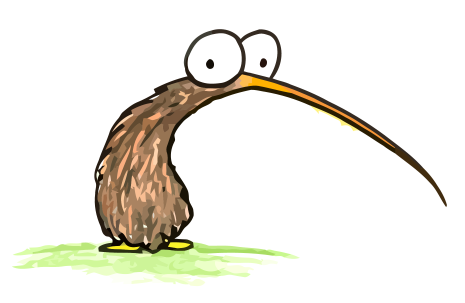
there extinct cousin the moa, were bigger than a person,
Kiwi are like mini ostriches, well sort of
these birds have become part of our culture and a national symbol, but to me they are a really quirky and often funny bird who loves to come out at night
powayusd.sdcoe.k12.ca.us...
www.kiwibird.org...
here is a rare white KIWI (not albino)
www.kiwibird.org...
what they look like walking,TURN SOUND DOWN
and unlike owls who have very good eyesight
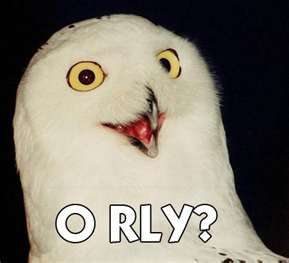
the Kiwi has poor eyesight
terranature.org...
here is the spotted version and the sqeeking is how they sound when grumpy
the moa
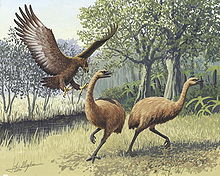
animals.howstuffworks.com...
it is widly thought that a lack of natural predators allowed both the kiwi and the moa to survive without changing much from their prehistoric ancestors
.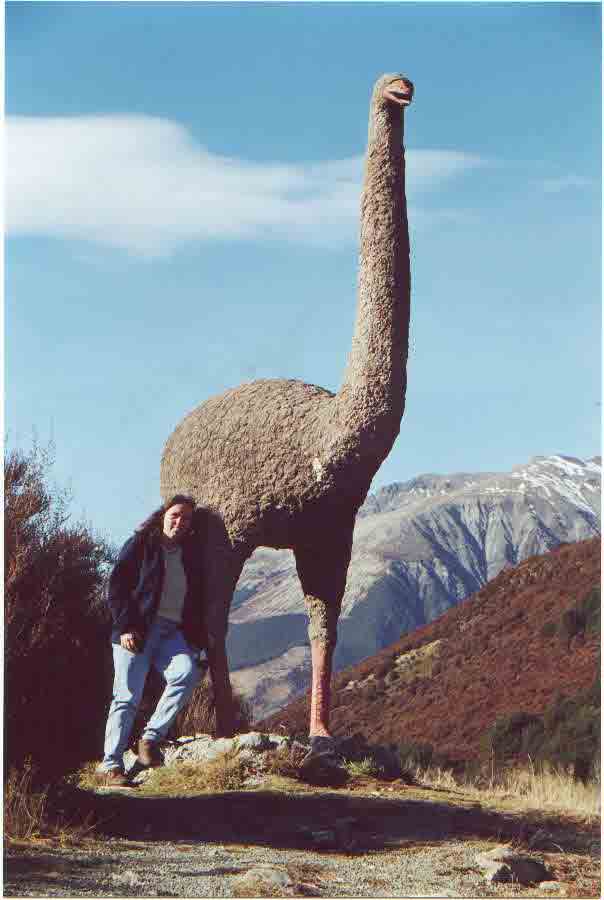
both the moa and kiwi are very strange and unique creatures and found no where else in the world
(note the moa is extinct)
back to the kiwi,
the kiwi has been used in tv broadcasting, this from when tv channels were "switched off" for the night
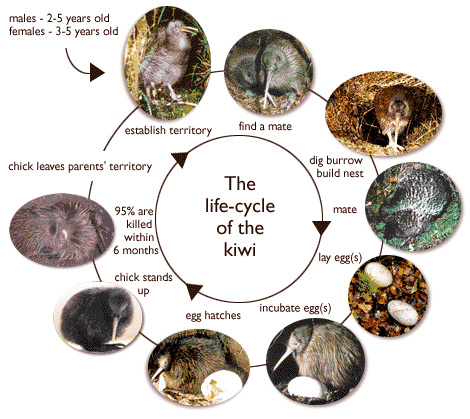
www.ehow.com...
i feel sorry for the poor female who layes an egg nearly as large as herself.
xploder

baby kiwi
www.kiwibird.org...
the bird has a long beak with nostrils on the end
they can smell the worms in the soil
they have no tail and there feathers look more like hair than feather
and are very inquisitive,

there extinct cousin the moa, were bigger than a person,
Kiwi are like mini ostriches, well sort of
these birds have become part of our culture and a national symbol, but to me they are a really quirky and often funny bird who loves to come out at night
Special Adaptations Kiwi birds have been called a genetic leftover. Their characteristics seem very odd to us probably due to the fact that they haven't evolved much at all. They are suspected to be about 8 million years old. That's 7 million years older than humans. Due to New Zealand's isolated environment, it has been safe from predators and hasn't needed to do much adapting. They just hang around.
powayusd.sdcoe.k12.ca.us...
Kiwi birds cannot fly.
The kiwi digs up and chows on worms.
A kiwi bird is almost blind, meaning that it can see only to about six feet distance at night and less than two feet during the day.
This bird uses the nostrils to be able to hunt.
Kiwi birds lay eggs that are the size of ostrich eggs. This means that these birds lay enormous eggs for their own size.
Kiwi birds are believed to be more than 8 million years old.
A kiwi weights about 800 g to 1 kg. Its height is of about 50 cm.
The normal diet of a kiwi includes worms, spiders, bugs, grubs and fruit, as well as freshwater and frogs.
There actually are five kiwi species. They include North Island Brown Kiwi, Great Spotted Kiwi, Lesser Spotted Kiwi, Rowi, and Tokoeka .
A female kiwi is larger than a male.
www.kiwibird.org...
here is a rare white KIWI (not albino)
Details About Kiwi:Kingdom: AnimaliaPhylum: ChordataSubphylum: VertebrataClass: AvesOrder: Struthioniformes (or Apterygiformes)Family: ApterygidaeSubfamily: HomininaeGenus: ApteryxSpecies: Apteryx haastii, Apteryx owenii, Apteryx owenii, Apteryx australis and Apteryx mantelliLifespan: Up to 40 yearsHabitat: Sea level to alpine environments, in scrubland, farmland, swamps, pine forest and vegetated gullies.Age of Sexual Maturity: 18 months (males); 3 years (females)Gestation Period: 80 daysNumber of Offsprings: 1Diet: Worms, spiders, bugs, grubs and fruit, freshwater crayfish, frogs and eelsRange: New Zealand
www.kiwibird.org...
what they look like walking,TURN SOUND DOWN
and unlike owls who have very good eyesight

the Kiwi has poor eyesight
The elite distinction of kiwi is shown by all species being placed in their own family - Apterygidae; and being the only members of the order Apterygiformes.
Kiwi have no tail and only tiny vestigal wings hidden beneath their feathers. It is the smallest member of the ratite family, related to the much larger, moa, emu, ostrich, cassowary and rhea. One theory prompted by the kiwi's very large egg, suggests it may have had a larger body size at one time.
The origin of kiwi is disputed by different scientific studies. Research based on morphological data defining the ratite family tree, defines kiwi as closely related to moa by ten skeletal similarities
terranature.org...
here is the spotted version and the sqeeking is how they sound when grumpy
the moa

Moa,or Dinornis, an extinct flightless bird of New Zealand. There were about 20 species of moas. Depending on species, they ranged in height from 3 to 13 feet (0.9 to 4 m) and in weight from 30 to 520 pounds (14 to 236 kg). The moa had a short, stout bill, a small head, and a long neck. The feet were large and broad. Silky brown or black-and-white feathers covered the body and the upper half of the legs; the head, neck, lower half of the legs, and feet were bare. Wings were small or absent. Moas fed chiefly on plants.
Most species of moas became extinct before 1400; a few survived into the 1600's. The causes of these extinctions are unknown; one probable cause is indiscriminate hunting by the Maoris, the earliest known inhabitants of New Zealand.
The largest species of moa was Dinornis maximus; the smallest. Anomalopteryx oweni. Moas made up the family Dinornithidae.
animals.howstuffworks.com...
it is widly thought that a lack of natural predators allowed both the kiwi and the moa to survive without changing much from their prehistoric ancestors
.

both the moa and kiwi are very strange and unique creatures and found no where else in the world
(note the moa is extinct)
back to the kiwi,
the kiwi has been used in tv broadcasting, this from when tv channels were "switched off" for the night

There are currently five different kinds of Kiwi birds. These include the Great Spotted Kiwi, the Little Spotted Kiwi, the Brown Kiwi, the Rowi Kiwi and the Tokoeka Kiwi. The classification of Kiwis is always evolving and changing, however.
www.ehow.com...
i feel sorry for the poor female who layes an egg nearly as large as herself.
xploder
edit on 14-12-2012 by XPLodER because: (no reason given)
edit on 14-12-2012 by XPLodER because: (no reason given)
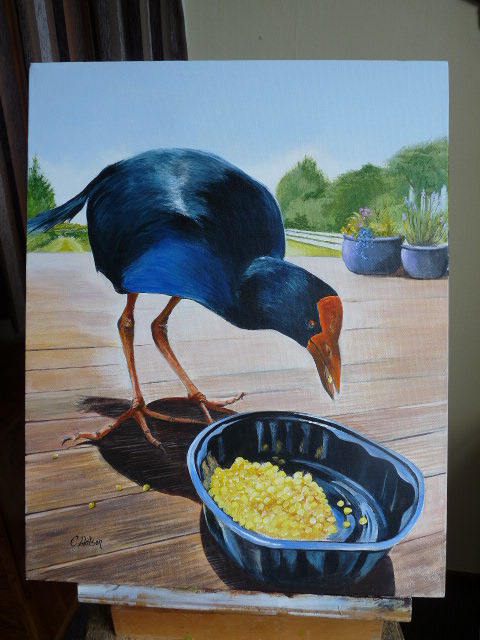
Beautiful NZ - Paradise found! SSSHHHH............! Keep it quiet!
S&F for the Kiwi.
edit on 14-12-2012 by quedup because: (no reason given)
edit on 14-12-2012 by Gemwolf because: Fixed tag
Yes unlike Australia, New Zealand has cute friendly animals - I've never heard the phrase "A Kiwi ate my Baby"
reply to post by XPLodER
Very good Xploder....
now show them a picture of our other KIWIS.......
Very good Xploder....
now show them a picture of our other KIWIS.......
edit on 14-12-2012 by bluemirage5 because: (no reason given)
Originally posted by rickymouse
Do they taste sort of like a strawberry too?
ummm we dont eat them?
oh you mean the fruit,
Kiwifruit
The kiwifruit, often shortened to kiwi in many parts of the world, is the edible berry of a woody vine in the genus Actinidia. The most common cultivar group of kiwifruit is oval, about the size of a large hen’s egg.
i tryed to add the bird part to kiwi because the fruit is well known,
the bird not so much
xploder
Originally posted by quedup
Yes a bird to be proud of and a protected species - as an immigrant to NZ from the UK I'm still fascinated with the variety of bird and plant life and so far the Pukecu is my favourite - as an artist I have done a painting of a particularly friendly one that used to come to one of the local cafes' every day and be fed corn by the owner.
Beautiful NZ - Paradise found! SSSHHHH............! Keep it quiet!
S&F for the Kiwi.
edit on 14-12-2012 by quedup because: (no reason given)
hehe they are quirky to,
i like these guys too
funny little blighter's
xploder
edit on 14-12-2012 by Gemwolf because: Fixed quote
Originally posted by ShotGunRum
They're cute in a weird way.
i know right, its not like there is a more relaxed little bird in the world,
and they cant fly, squeek at you and have the most soft amazine feathers
xploder
Originally posted by Pedro4077
Yes unlike Australia, New Zealand has cute friendly animals - I've never heard the phrase "A Kiwi ate my Baby"
you many get your wallet stolen, from these little vandals tho
but other than that no snakes, no scorpions, no crocks
but lots of weird and funky birds
xploder
You should probably mention Hapagornis moorei as well, since you showed a picture of it.
Now, that is something to be proud of. I've excavated some talons on a dig at Bell Hill, near Pyramid Valley.
Kiwi are awesome too. Nearly ran one over on the Rai Saddle on the way to the Globe Progress mine near Reefton. They're not really friendly though, and their feet are capable of eviseration. Unfortunately, they're not adapted to mustelids.
Kiwi: eats shoots and leaves.
Now, that is something to be proud of. I've excavated some talons on a dig at Bell Hill, near Pyramid Valley.
Kiwi are awesome too. Nearly ran one over on the Rai Saddle on the way to the Globe Progress mine near Reefton. They're not really friendly though, and their feet are capable of eviseration. Unfortunately, they're not adapted to mustelids.
Kiwi: eats shoots and leaves.
Originally posted by Pedro4077
Yes unlike Australia, New Zealand has cute friendly animals - I've never heard the phrase "A Kiwi ate my Baby"
No, true, we have enough low life people that kill them anyway
Originally posted by aorAki
You should probably mention Hapagornis moorei as well, since you showed a picture of it.
Now, that is something to be proud of. I've excavated some talons on a dig at Bell Hill, near Pyramid Valley.
Kiwi are awesome too. Nearly ran one over on the Rai Saddle on the way to the Globe Progress mine near Reefton. They're not really friendly though, and their feet are capable of eviseration. Unfortunately, they're not adapted to mustelids.
Kiwi: eats shoots and leaves.
lol dont forget worms
i found this youtube can they really kill a moa?
i heard they grew big?
did they prey on humans?
xploder
edit on 14-12-2012 by XPLodER because: (no reason given)
Here's another tit-bit I bet only few people knew: The Kiwi is the bird with the shortest bill/beak.
Biologists generally measure a bird's beak from the tip to the nostril - and seeing that the kiwi's nostrils are just about on the tip of its beak, it technically has the shortest beak of all birds.
Biologists generally measure a bird's beak from the tip to the nostril - and seeing that the kiwi's nostrils are just about on the tip of its beak, it technically has the shortest beak of all birds.
edit on 14-12-2012 by Gemwolf because: Missing word
reply to post by XPLodER
We've got Moa bones with obvious eagle predation. It goes to follow that they would possibly have preyed on humans, but I'm not aware of any human bones found in aeries. they were big suckers, but died out when their main food source was hunted to extinction/became extinct.
We've got Moa bones with obvious eagle predation. It goes to follow that they would possibly have preyed on humans, but I'm not aware of any human bones found in aeries. they were big suckers, but died out when their main food source was hunted to extinction/became extinct.
Kiwi's rare ? What ? They are so common in Australia,we are thinking of shooting them.
They are adorable. I really like this article you have written up for us. I would love to be able to go outside and see kiwi birds, maybe I should
move to New Zealand.
Maybe I will just go for a visit and take many pictures, I am not fond of change
Maybe I will just go for a visit and take many pictures, I am not fond of change
Originally posted by Gemwolf
Here's another tit-bit I bet only few people knew: The Kiwi is the bird with the shortest bill/beak.
Biologists generally measure a bird's beak from the tip to the nostril - and seeing that the kiwi's nostrils are just about on the tip of its beak, it technically has the shortest beak of all birds.edit on 14-12-2012 by Gemwolf because: Missing word
thanks i never read that !!!
shortest beak, no tail, tiny wings, nearly blind, cant fly, its a really weird bird.
they really are the most unique bird.
xploder
Originally posted by aorAki
reply to post by XPLodER
We've got Moa bones with obvious eagle predation. It goes to follow that they would possibly have preyed on humans, but I'm not aware of any human bones found in aeries. they were big suckers, but died out when their main food source was hunted to extinction/became extinct.
its hard to imagine a more fearsome animal,
their cries must be deafening.
xploder
new topics
-
Of course it was DEI
Dissecting Disinformation: 5 hours ago -
2nd Day Thanksgiving!...(leftovers!!)
General Chit Chat: 7 hours ago
top topics
-
Of course it was DEI
Dissecting Disinformation: 5 hours ago, 6 flags -
2nd Day Thanksgiving!...(leftovers!!)
General Chit Chat: 7 hours ago, 3 flags
active topics
-
Unidentified Flying Objects Over U.S. Military Bases in Northeast UK, as of roughly 11 a.m. CST.
Aliens and UFOs • 33 • : angelchemuel -
Post A Funny (T&C Friendly) Pic Part IV: The LOL awakens!
General Chit Chat • 7850 • : KrustyKrab -
Of course it was DEI
Dissecting Disinformation • 10 • : Dalamax -
I thought Trump was the existential threat?
World War Three • 123 • : RickyD -
-@TH3WH17ERABB17- -Q- ---TIME TO SHOW THE WORLD--- -Part- --44--
Dissecting Disinformation • 3417 • : brewtiger123 -
2nd Day Thanksgiving!...(leftovers!!)
General Chit Chat • 6 • : DontTreadOnMe -
Mass UAP events. DC. Machester Airport, UFOs over sub base in CT, Nuke bases.
Aliens and UFOs • 25 • : rickymouse -
New Disney Star Wars Films Failing Test of Time?
Movies • 18 • : Popoll -
The Party of Peace - Trump Cabinet Picks Targeted with Death Threats
US Political Madness • 51 • : RazorV66 -
Results of the use of the Oreshnik missile system in Dnepropetrovsk
World War Three • 263 • : DontTreadOnMe
